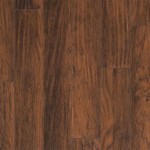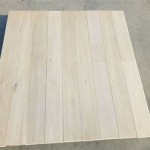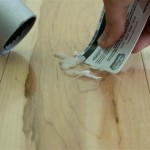Essential Aspects of Wood Flooring Underlayment
Wood flooring underlayment plays a crucial role in the performance and longevity of your hardwood flooring. Choosing the right underlayment can enhance the comfort, sound insulation, and moisture resistance of your floor. Here are some essential aspects to consider when selecting and installing wood flooring underlayment:
Types of Underlayment
There are various types of underlayment available, each with unique properties and benefits:
*Thickness and Density
The thickness and density of the underlayment impact its performance. Thicker underlayment generally provides better sound insulation and impact absorption, while denser underlayment offers improved support and stability. Consider the type of flooring, subfloor condition, and desired performance when choosing the thickness and density of the underlayment.
Moisture Barrier
Moisture resistance is crucial to prevent moisture damage to the subfloor and flooring. Look for underlayment with a moisture barrier to protect against moisture penetration from below. A moisture barrier can help prevent warping, buckling, and other moisture-related issues.
Sound Insulation
Consider the sound insulation properties of the underlayment, especially if you have neighbors or live in a multi-story building. Underlayment with high sound insulation can reduce noise transmission through the floor, improving comfort and privacy.
Installation
Proper installation of the underlayment is essential for optimal performance. Follow the manufacturer's instructions carefully to ensure the underlayment is installed correctly. This includes aligning the seams, overlapping where necessary, and using appropriate adhesives or fasteners to secure the underlayment to the subfloor.
Remember, choosing and installing the right wood flooring underlayment is an investment in the longevity and performance of your hardwood flooring. By considering the factors discussed above, you can select an underlayment that meets your specific needs and enhances the overall quality and durability of your floor.

Hardwood Floor Underlayment Ultimate Guide

Does Wood Flooring Need Underlay Greyspace

Hardwood Floor Underlayment Options From The Forest Llc

The Top Reasons Why You Need An Underlayment For Hardwood Floors

Underlayment Buyer S Guide

The Advantages Of Poly Foam Underlay Blog Floorsave

Flooring Underlayment Non Toxic Effective Green Building Supply

Underlay For Wood Laminate And Other Hard Flooring Direct

How To Choose Floor Underlayment Flooring Reviews Ers

What To Know Before Flooring Underlayment
Related Posts








